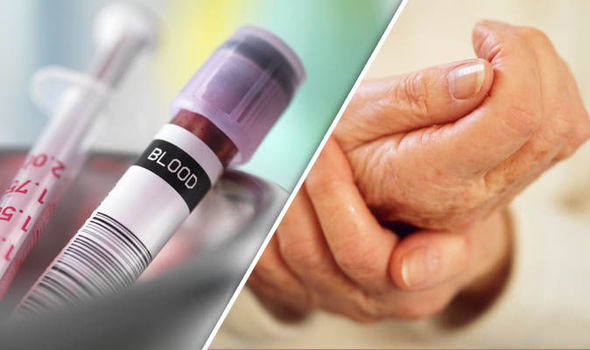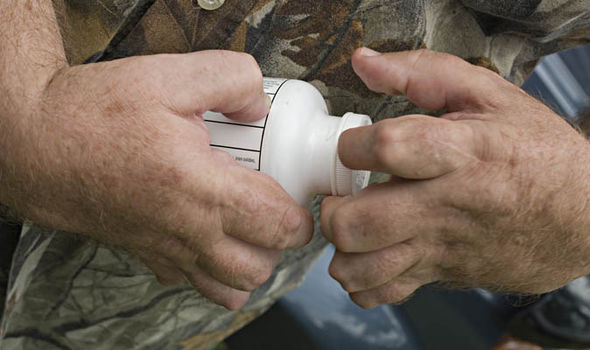SCIENTISTS have revealed a highly accurate test that detects the crippling condition SIXTEEN years before it takes hold.
A simple blood test is enough to predict rheumatoid arthritis (RA) 16 years prior to someone developing the painful condition, scientists from Oxford University have found.
The autoimmune condition occurs when your immune system breaks down and turns against itself, attacking the body’s tissues.
The test looks for antibodies that target a protein called tenacin-C, which are found in high levels in arthritic joints.
These antibodies appear around seven years before the disease strikes and could reliably predict those who are at risk from getting RA.
A similar test exists, but scientists reveal this exciting discovery is 98 per cent accurate at ruling out the condition.
Lead researcher Anja Schwenzer added: “It also has a very low rate of false positives.”
From the study of 2,000 patients, scientists found that testing for the antibodies meant the disease was diagnosed in half of the participants.
The team discovered, on average, the proteins were present seven years before people got the disease and could be as high as 16, in some cases.
The finding has the potential to help hundreds of thousands of people.
Kim Midwood, professor at Oxford's Kennedy Institute of Rheumatology said: "What is particularly exciting is that when we looked at samples taken from people before their arthritis began, we could see these antibodies to cTNC up to 16 years before the disease occurred - on average the antibodies could be found seven years before the disease appeared.”
"This discovery therefore gives us an additional test that can be used to increase the accuracy of the CCP assay and that can predict RA, enabling us to monitor people and spot the disease early. This early detection is key because early treatment is more effective.”
RA is a debilitating condition that causes swelling and heat in the affected joint or joints.
Around 10 million people suffer from the arthritic conditions in the UK, according to NHS figures.





Post a Comment Blogger Facebook Disqus